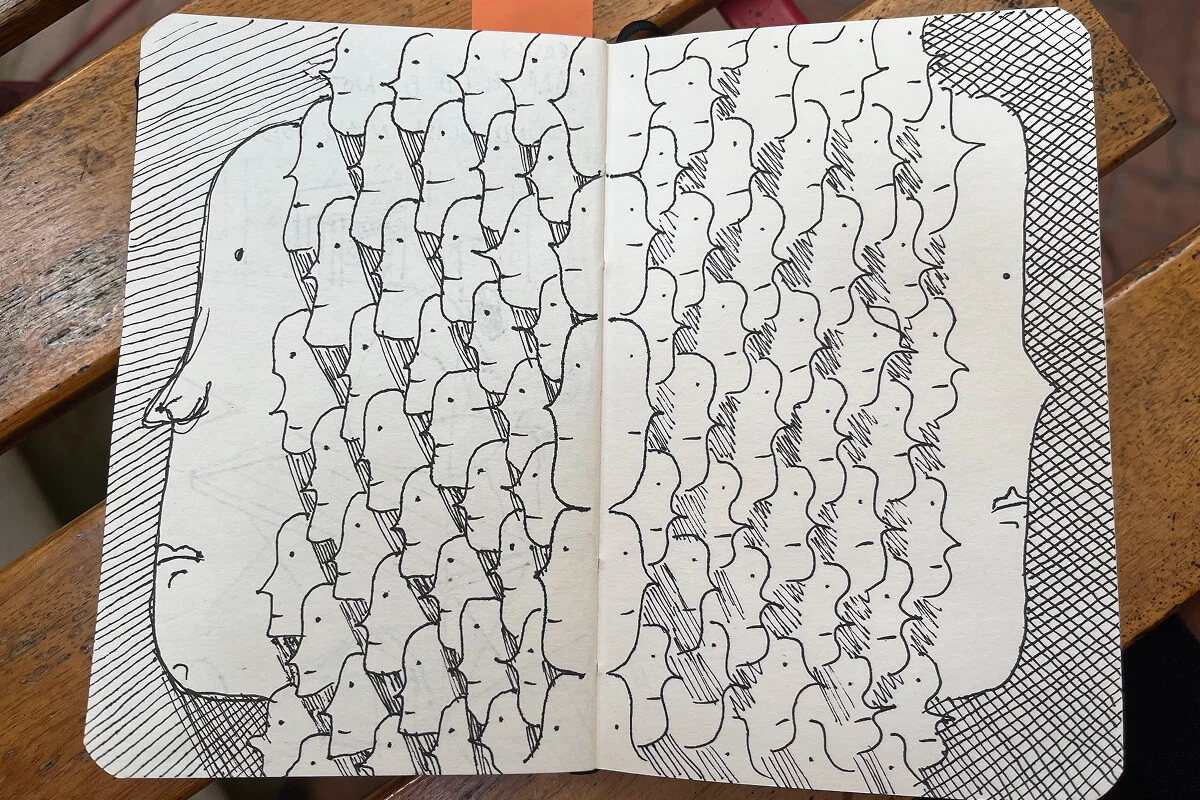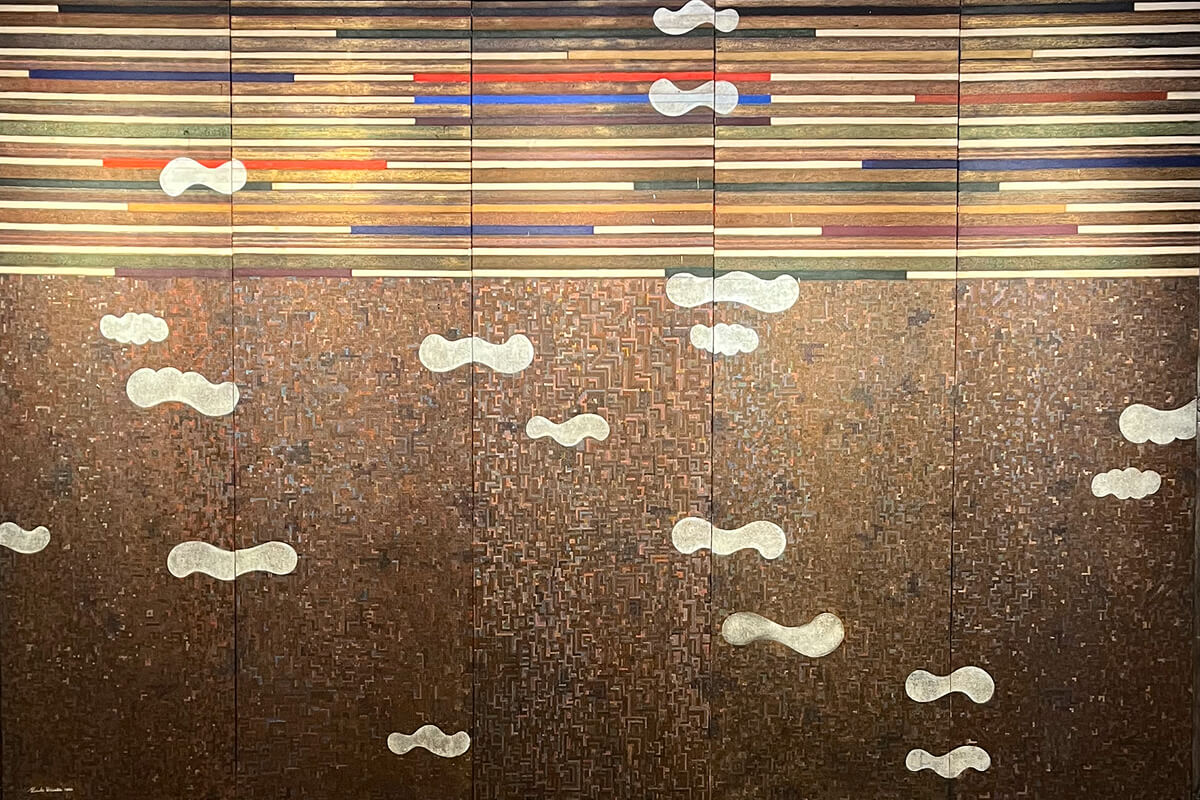Your audience is not searching not for someone to take over, but for someone who’s walked this road before. Allow your brand to enter the story as a steady presence. Not as a hero, but as a mentor.

Stage 4 of 12 in the Hero’s Journey Framework — a series helping you build story-aligned brands, offers, and content that actually connect.
After the hesitation comes the need for guidance.
Stage 4 is where you enter the story, not to steal the spotlight, but to steady the scene. You’re not here to rescue your audience. You’re here to remind them what’s possible, offer a tool or truth, and help them take their next step with more clarity and courage.
What is Meeting the Mentor?
In classic storytelling, the mentor appears when the hero feels stuck. It’s the wise voice that says: “You’re not alone. Here’s a way forward.”
Think Gandalf. Morpheus. The fairy godmother. Their power isn’t just in what they know. It’s in how they see the hero.
Your brand becomes the mentor when it stops trying to be impressive… and starts being helpful.
This is the moment when you shift from reflection to relationship.
Why It Matters in Your Message
Most brands make the mistake of showing up too soon, leading with authority before trust has been earned. But when you introduce yourself after your audience is emotionally invested, you meet them with relevance, not ego.
The mentor’s job isn’t to be the center of the story. It’s to see the potential in the person reading it.
This is where you:
- Share your “I’ve been there too” moment
- Connect values, lived experience, or philosophy
- Earn trust through insight, not just credentials
How to Use It in Your Brand
Where to use it:
- In your About Page or welcome email
- After the Refusal section on a sales page
- Midway through story-based content (before your offer appears)
Tone to aim for:
- Grounded, warm, honest
- Confident without posturing
What to write:
- A short, relevant version of your journey
- Why you care about this work
- A glimpse of what life looks like after the turning point
Prompts to explore:
- “What was the moment you almost quit?”
- “What do you understand now that you didn’t back then?”
- “What would you say to your past self or to someone standing where they are now?”
Example lines:
- “I know what it feels like to burn out on the business you thought would free you.”
- “I tried the templates, the formulas, and they left me burnt out. It wasn’t until I returned to my own voice that things began to work.”
- “I’m not here to impress you. I’m here because I’ve walked this path too, and I want to help you build something that lasts.”
3 Practical Applications
Sales Page Mentor Section
Share your turning point story in 2–3 sentences.
- Why it works: Adds emotional weight and context.
- How to apply: Keep it relevant to their current challenge.
About Page Origin Moment
Add: “I wasn’t always doing this…” and share the breakdown or breakthrough.
- Why it works: Makes you human.
- How to apply: Frame it around shared values.
Welcome Email #2
Send: “Here’s how I got here, and why it matters for you.”
- Why it works: Builds connection early.
- How to apply: Keep it concise, story-first.
Questions to Reflect On
- What part of your story will help someone feel seen?
- Where have you wrestled with what they’re navigating now?
- What do you believe about your audience that others overlook?
- How can you offer a tool, idea, or shift, not just your resume?
Final Thought
The mentor doesn’t chart the whole map. They show what’s possible when you walk with someone who’s been there.
When you share from experience, not pedestal, you create trust. When you offer tools instead of just credentials, you create movement.
This is where your message goes from “Here’s what I do” to “Here’s how I can walk with you.”
Next up → Stage 5: Crossing the Threshold
Explore how to introduce your offer as the bridge from idea to action.




